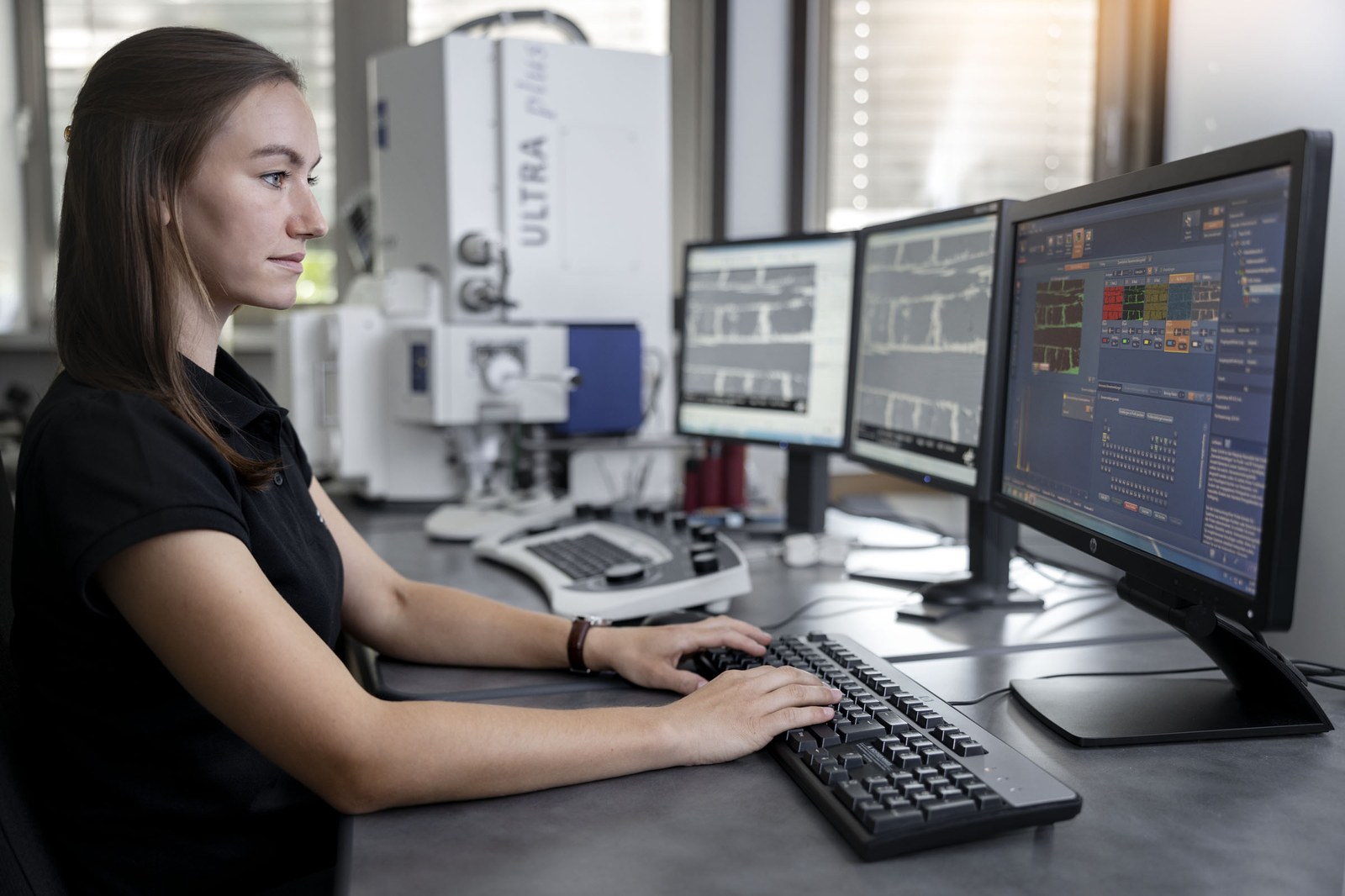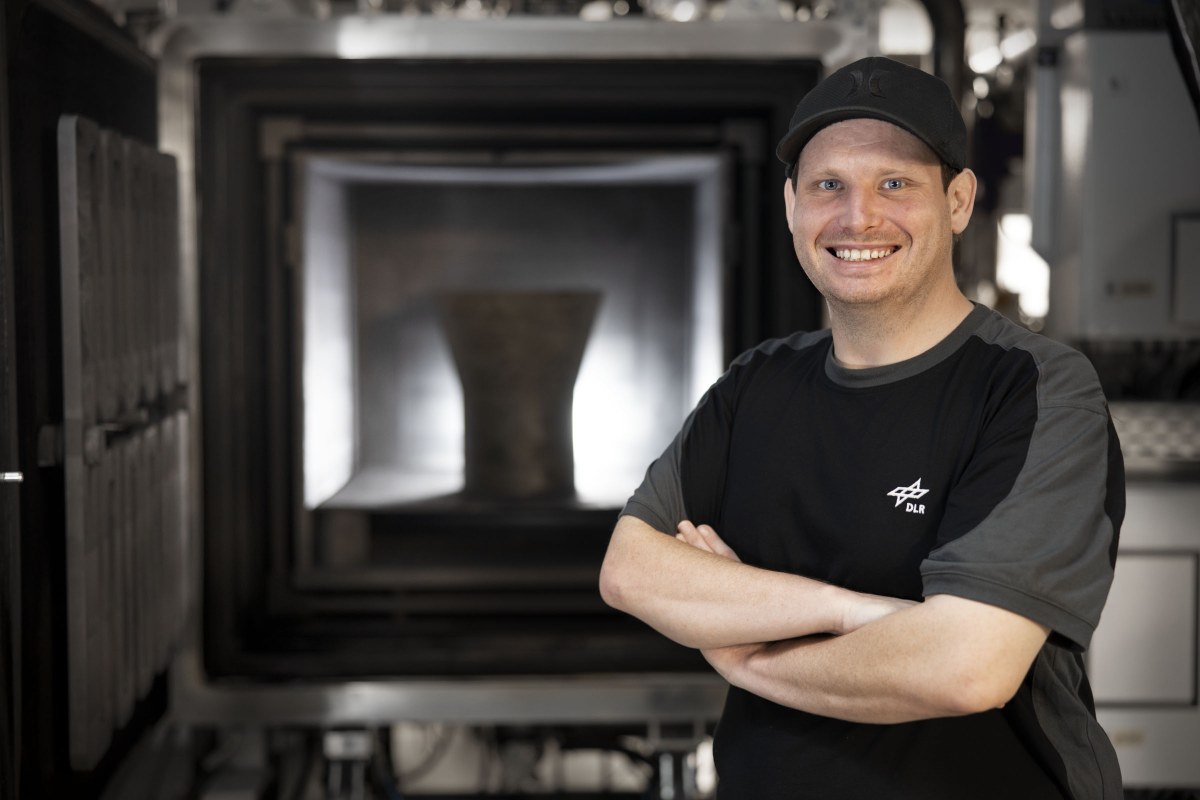Department Ceramic Composites and Structures
At the Institute of Structures and Design, CMC materials originally were developed for thermal protection systems of reusable spacecraft. These so-called C/C-SiC materials are manufactured via the LSI (Liquid Silicon Infiltration) process, also developed at the Institute.
Compared to the conventional CMC production processes, like CVI (Chemical Vapour Infiltration) and LPI (Liquid Polymer Infiltration), the LSI process offers both technological and economic advantages and opened new application areas for CMC materials beyond aerospace. As an example, ceramic brake disks for automobiles, could be introduced into serial production and currently are available in several sports and upper class cars.
Innovative C/C-SiC parts have been developed in governmental funded projects as well as in direct cooperation with industrial partners. Successful developments are transferred and licensed to serial manufacturers. One example for a technology transfer are brake pads for high speed elevators, developed in cooperation with Schindler Elevator Ltd., which are now produced by a SME.
Substantial experience is on hand in the following areas:
- Light-weight thermal protection systems for reusable space vehicles
- Friction materials and components (Brake disks, friction pads) for automotive and manufacturing systems engineering
- Low-thermal expansion and highly stiff structures based on C/C-SiC and biomorphic SiSiC for optical systems
- Rocket components for extreme thermal and abrasive loads
- High-temperature heat exchangers for power generation
- Light-weight armour based on biomorphic SiSiC materials
- Technology transfer of successful developments into serial production
Current research in CMC technology is focused on:
- Material development
- Process development
- Ceramic structural parts
- Quality assurance
- Non destructive evaluation methods (NDE)




